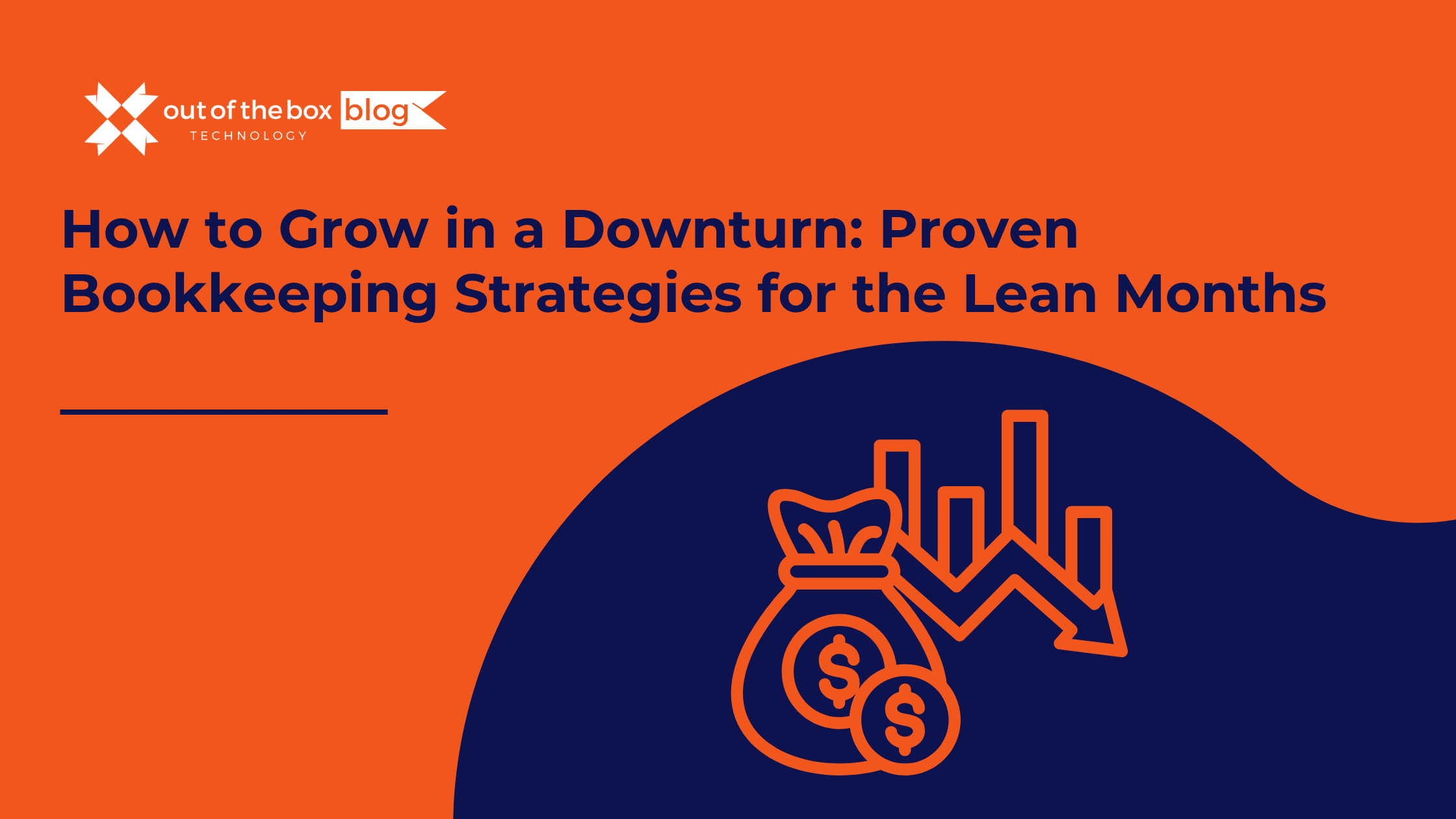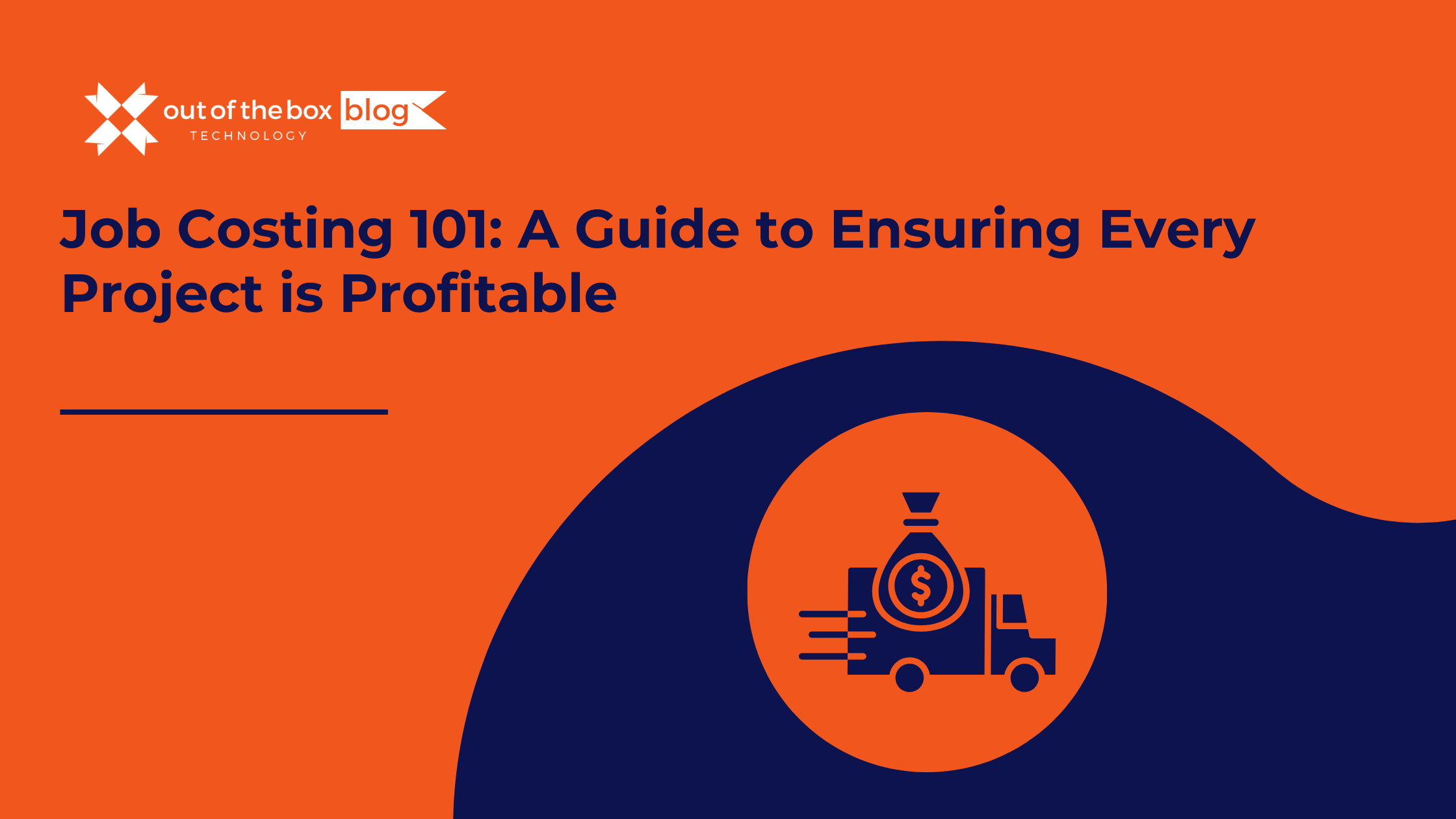When business slows down—whether due to seasonality, inflation, or unexpected economic shifts—many business owners tighten their belts and hunker down. But what if those lean months could be a launchpad for long-term growth?
This is where smart bookkeeping strategies come in. With the right financial systems in place, small business owners, franchisors, franchisees, and home service operators can optimize cash flow, uncover hidden opportunities, and expand with confidence—even during downturns.
In this guide, we’ll walk you through data-backed strategies to stabilize and grow your business during slow periods, covering:
-
Essential bookkeeping practices for financial clarity
-
Tools to track and improve your cash flow
-
How to forecast smarter and plan with purpose
-
Strategies to reallocate resources toward growth
- Whether you’re a solo operator or leading a growing franchise network, the path to expansion starts with mastering your books.
Why Downturns Are the Best Time to Rethink Your Bookkeeping
Lean months don’t just create challenges—they surface inefficiencies. This is a time when high overhead, unclear margins, or cash flow gaps become glaring.
According to a 2024 report from QuickBooks, 60% of small businesses say the biggest challenge during slow seasons is managing cash flow. Yet those that adopt real-time financial tracking are 2.5x more likely to report revenue growth even in off-peak periods (source).
Slower seasons give you a rare gift: time. Time to reevaluate what’s working, what’s not, and where your money is actually going.
Core Bookkeeping Strategies for Lean Months
1. Implement Monthly Cash Flow Forecasting
During lean times, cash flow is king. A proper cash flow forecast shows how much money is expected to come in and go out each month, helping you plan around deficits before they hit.
How to do it:
-
Pull reports from your accounting software (like QuickBooks or Xero)
-
List recurring expenses (rent, payroll, subscriptions)
-
Add expected income based on upcoming jobs, contracts, or seasonal trends
-
Identify your cash shortfalls at least 60–90 days in advance
Pro Tip: Use a rolling 13-week cash flow forecast, updated weekly, to stay agile.
2. Review and Categorize Expenses Quarterly
If your books are filled with uncategorized transactions or bloated overhead, you’re likely bleeding money unknowingly.
Break down spending by category and flag:
-
Subscriptions not delivering ROI
-
Vendor contracts that can be renegotiated
-
Marketing or software tools with overlapping features
Tools like Out of the Box Technology’s QuickBooks Clean-Up Services can help streamline your chart of accounts and ensure every dollar is accounted for.
3. Track Profit Margins by Job or Location
For home service businesses and franchises, margin tracking by service line, job, or location reveals what’s truly profitable.
Use job costing tools inside QuickBooks or integrations like Knowify to:
-
Assign labor, materials, and overhead to individual projects
-
Identify low-margin jobs or clients
-
Cut or restructure unprofitable services during a downturn
Example: A landscaping business discovered its mulch installation jobs had a 12% lower margin than expected due to rising supplier costs. By switching suppliers and raising prices 8%, they restored profitability in under 60 days.
4. Automate Your Invoicing and Collections
Late payments become critical during lean months. Automate your invoicing and accounts receivable follow-up using platforms like:
-
QuickBooks Online
-
Melio (for B2B payments)
-
Dubsado or Jobber (for service businesses)
Set up:
-
Automatic due date reminders
-
“Pay Now” links in emails
-
ACH or credit card options to reduce friction
According to FreshBooks, businesses using automated invoicing get paid 30% faster on average (source).
Expansion Strategy: Reinvesting Smart During a Slow Season
Bookkeeping doesn’t just help you survive—it gives you the insight needed to strategically expand.
1. Identify Undercapitalized Opportunities
Once you’ve cleaned your books and clarified your margins, you may uncover excess working capital—or at least, free up budget from unproductive expenses.
Now’s the time to:
-
Negotiate new vendor deals while demand is low
-
Invest in upskilling staff or streamlining software
-
Test new service offerings with low entry costs
Franchisors, in particular, can pilot these improvements at one location before rolling them out network-wide.
2. Use Accurate Books to Secure Lending or Lines of Credit
If you plan to borrow for growth, your financial statements must be airtight.
Well-organized books will allow you to:
-
Get faster loan approvals from banks or fintech lenders
-
Qualify for lower interest rates
-
Support your business case with clean historical data
Need help preparing financials for a lender? Out of the Box Technology offers financial reporting services.
3. Outsource Bookkeeping to Reclaim Time
One of the fastest ways to unlock growth capacity is to delegate bookkeeping.
An outsourced bookkeeping partner:
-
Maintains real-time records
-
Handles reconciliation, payroll, and reporting
-
Flags risks and opportunities before they escalate
With time freed from admin, you can focus on sales, customer relationships, or opening a new location.
Frequently Asked Questions (FAQs)
What are bookkeeping strategies?
Bookkeeping strategies refer to the specific methods and systems used to record, organize, and analyze financial data to make better business decisions. These may include forecasting, cost tracking, job costing, automation, and more.
How can bookkeeping help my business grow during slow months?
It allows you to:
-
Improve cash flow
-
Eliminate wasteful spending
-
Make confident decisions on reinvestment
-
Secure funding with better financial records
Is outsourcing my bookkeeping worth it?
Yes—especially during slow seasons. Outsourced services often provide better accuracy, faster reporting, and cost less than hiring in-house staff.
Explore our outsourced bookkeeping services.
What software is best for implementing these strategies?
We recommend:
-
QuickBooks Online – full-service cloud accounting
-
Jobber – for service business scheduling and invoicing
-
Melio – for bill payments and ACH transfers
-
Gusto – for payroll and contractor payments
Can I still grow if my business is losing money?
Yes—but only if you understand where the losses are coming from. Start with your bookkeeping:
-
Audit all expenses
-
Analyze profit margins
-
Set break-even goals
-
Reinvest only in proven channels or offers
Take the First Step Toward Growth—Even in a Slump
A slowdown doesn’t have to stall your business. In fact, it can be the catalyst for your next big leap. With accurate, timely, and strategic bookkeeping, you can:
-
Build financial resilience
-
Find growth opportunities others miss
-
Expand your business even when others are scaling back
At Out of the Box Technology, we specialize in helping businesses like yours turn uncertainty into momentum. From QuickBooks clean-up to full-scale financial strategy, we’ve got your back.
Ready to take control of your numbers—and your growth?
Book a free consultation today to see how we can support your success.




